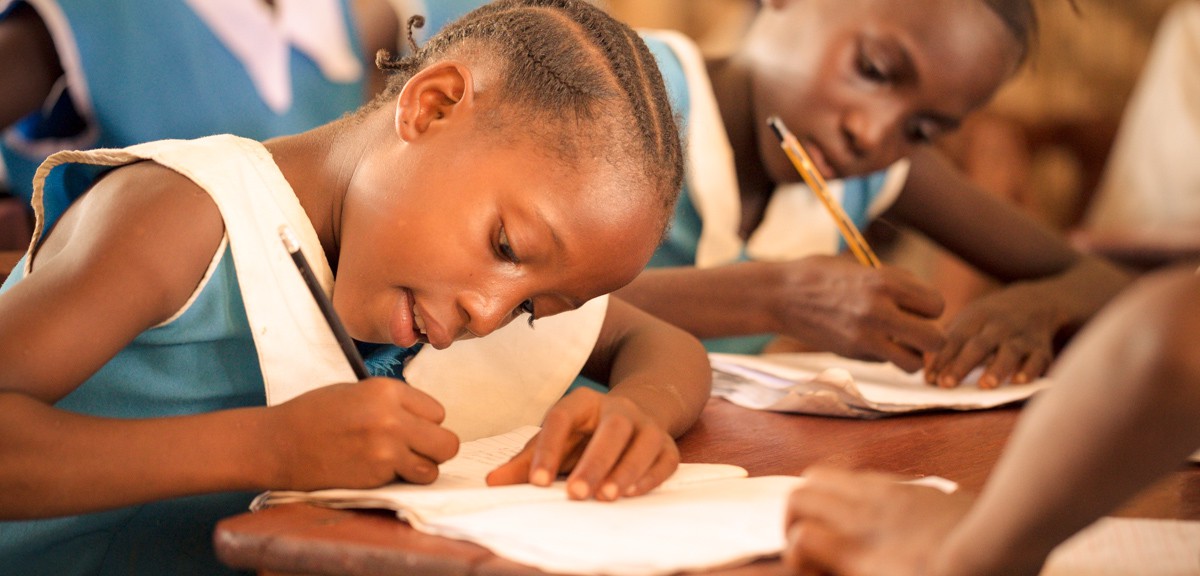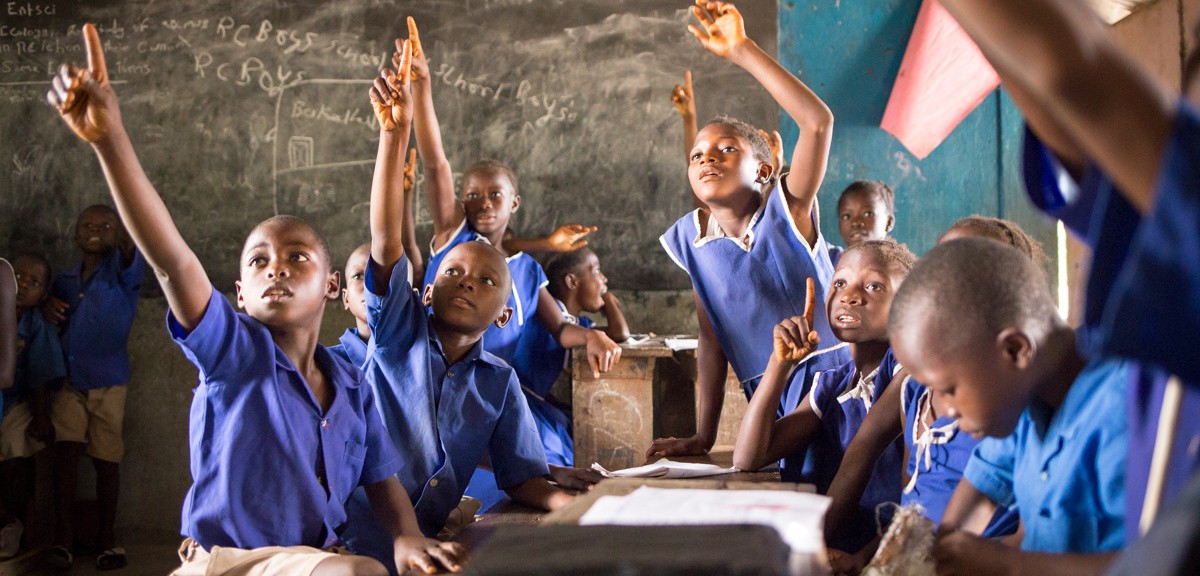School Related Gender Based Violence (SRGBV) refers to violence inflicted on children in, around, or on their way to or from school, due to stereotypes based on their sex or gendered identity. It is a fundamental violation of human rights, particularly those of women and children. It is considerable barrier to participation in education, gender equity and to the achievement of Education for All and the Millennium Development Goals (see Learning Brief 5). Although various international programmes incorporate prevention and response strategies, more work must be done on best practice and to ensure that all SRGBV initiatives have a solid theoretical grounding. This Learning Brief is based on research shared at a SRGBV Learning Day in 2012. It is to be read in connection with Learning Brief 2: Effective Responses for Gender Based Violence: Gender Based Violence in Schools.
What is School Related Gender Based Violence?
Millions of children around the world experience fear or violence every time they go to school. This includes verbal, physical, sexual, psychological, emotional or symbolic violence and includes both bullying and cyber-bullying. SRGBV can include individual actions as well as harmful traditional practices or expectations based on gender that negatively impact children’s rights to education. It can occur between students, between students and teachers, between teachers, and within the family or community. Preventing and responding to SRGBV is critical to ensuring access to quality education for all and to the protection of children and vulnerable adults.
What role do schools have in the development of gender norms?
Boys and girls often learn that they are different from one another at school. These gender roles control who gets to speak, where they play, how their physical space is shared, or who cleans the classroom, etc. Classrooms are often gendered spaces, with boys and girls separated. This constant stereotyping allows environments to develop where more acute SRGBV can occur and be tolerated. However, such attitudes are learned behaviour, which means they can be changed. The role of education is crucial here, as schools are not just sources of socialisation but can also promote tolerance, non-violence, and gender equality, and be agents for changing social norms. A number of promising international interventions and programmes have shown that schools can change to become safer places.
What key learning points emerged?
- Broader views are better: Organisations that demonstrate promising practice believe that because gender is a socially constructed concept, change is possible.
- Success requires partnership: A broad range of state and civil organisations, stakeholders and the community must be involved.
- Monitoring & Evaluation: Comprehensive M&E and local capacity building is essential to improve SRGBV measuring. Best practice includes multiple data sources.
- Micro, meso, macro: Approaches that address individual, school, community and legislative levels maximise impact and sustainability.
- Advocacy and Communications. Plan International’s report A Girl’s Right to Learn Without Fear: Working to End Gender-Based Violence at School (http://plancanada.ca/publications) is valuable reference for advocacy initiatives. Raising public awareness is important, though it must be handled sensitively, as children who speak out can be vulnerable unless support structures are in place.
- Staff training and commitment. Agency staff and partner organisations must have relevant training. It should highlight key areas such as reporting procedures; and how to equip school staff with tools to help prevent, and respond to, SRGBV. Having ‘champions’ who can speak out and raise issues in schools is important.
- Participation, Voice and Representation. Girls and boys must be recognised within the school structures as key participants in any intervention. Establishing student clubs or committees has been successful, as have child-led media, lobbying and awareness raising activities, as well as training peer-to-peer child educators.
- Get the resources right. School spaces, especially toilet areas, need to be safe. Reporting mechanisms and staff codes of conduct must be established and respected. A child should never end up in a situation where there is only one designated person to report to, as that person may be the abuser. Examine the curriculum for gender norming and attitudes.
- Men and boys are part of the solution. Boys are also negatively affected by gender expectations, and vulnerable to violence. Interventions should change attitudes and behaviours that increase the risk of men and boys perpetuating SRGBV, and create partners in combating violence against girls and young women.
There are nine key learning points of huge benefit to organisations in the appropriate and successful planning, design and implementation of their SRGBV programmes.
Good practice is based on a solid theoretical grounding of gender and GBV. Though a lot of research has been done, more is required before we can arrive at the definitive framework for best practice.

